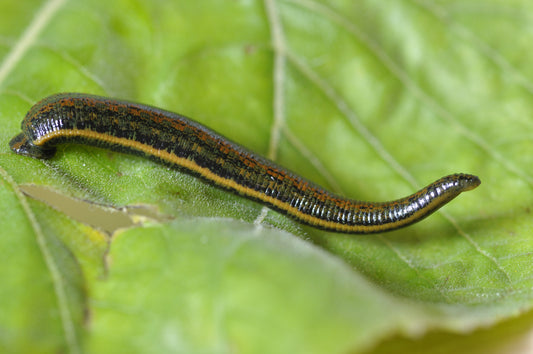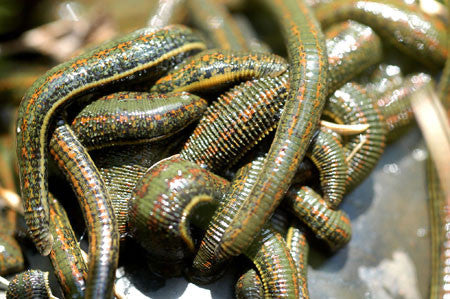Hirudo Therapy and Science

Hirudo therapy: the professor explains why and how
Leech therapie Leech therapy, like cupping therapy, has been known for centuries. It was only forgotten for a long time and is now being “rediscovered”. It is now widely used...
Hirudo therapy: the professor explains why and how
Leech therapie Leech therapy, like cupping therapy, has been known for centuries. It was only forgotten for a long time and is now being “rediscovered”. It is now widely used...

Leech therapy to combat and alleviate local pai...
Leech therapy to combat and alleviate local pain syndromes Leech Therapie Leech therapy is one of the oldest healing methods in alternative medicine. Their widespread use worldwide is based on...
Leech therapy to combat and alleviate local pai...
Leech therapy to combat and alleviate local pain syndromes Leech Therapie Leech therapy is one of the oldest healing methods in alternative medicine. Their widespread use worldwide is based on...

Medical leeches 38 Case Report: Positive outcom...
Case Report: Positive outcome of medical leeches (hirudotherapy) for venous congestion P.Brzezinski1, C. Solovan2, AChiriac3 ,LFoia4 1. Head of Department of Dermatology, 6th Military Support Unit, Ustka, Poland 2. Head...
Medical leeches 38 Case Report: Positive outcom...
Case Report: Positive outcome of medical leeches (hirudotherapy) for venous congestion P.Brzezinski1, C. Solovan2, AChiriac3 ,LFoia4 1. Head of Department of Dermatology, 6th Military Support Unit, Ustka, Poland 2. Head...






